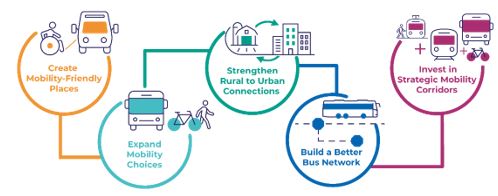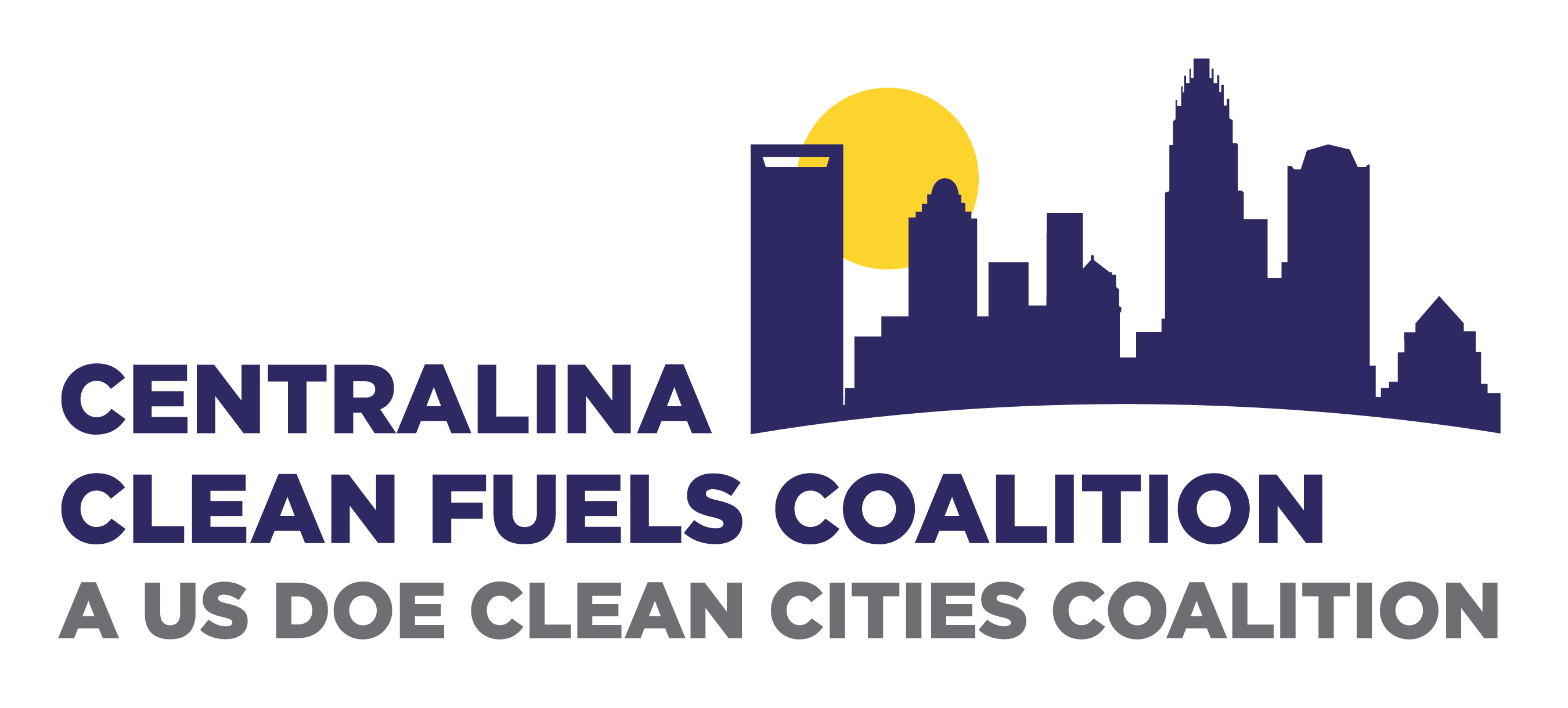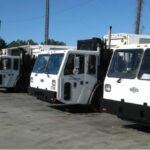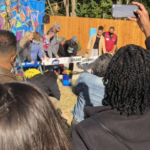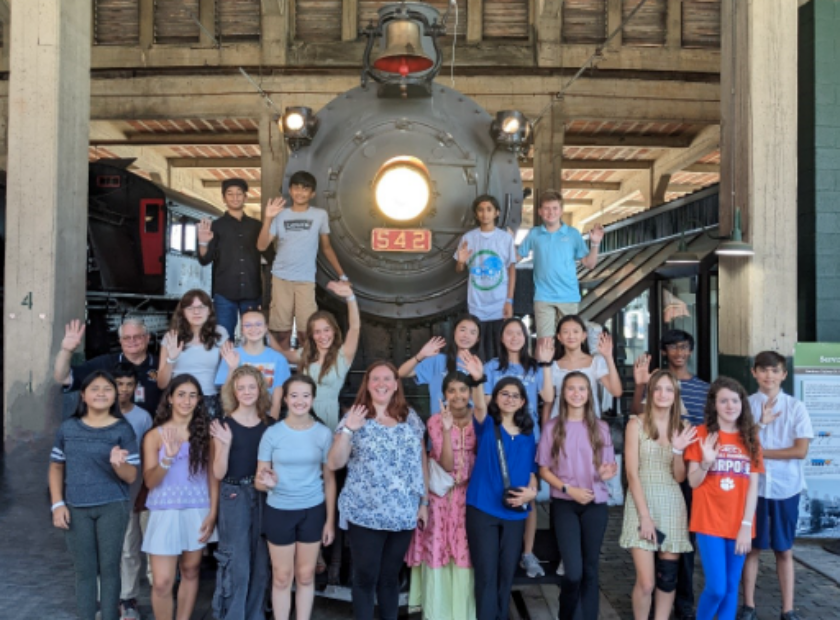The wheels are in motion for the greater Charlotte region to implement a comprehensive transportation system. On October 13th, Centralina Regional Council’s (Centralina) Board of Delegates approved the CONNECT Beyond regional mobility plan. Mecklenburg County Commissioner Leigh Altman joined the Centralina board meeting to represent the Metropolitan Transit Commission (MTC), the policy board for the Charlotte Area Transit System (CATS). The MTC officially voted to endorse the CONNECT Beyond plan during its meeting on October 27th.
Centralina and the MTC are the project sponsors of this initiative, a first-of-its kind plan that serves as the blueprint for how to implement a robust, interconnected transportation network combining high-capacity transit lines, enhanced bus service and other innovative mobility solutions. The CONNECT Beyond regional mobility plan covers a diverse area, crossing the dashed lines that split the Charlotte region and includes 12 counties, two states, four Metropolitan Planning Organizations, one Rural Planning Organization and two state Departments of Transportation.
The plan provides the framework that will encourage economic growth, connected communities and equitable opportunities. Many transit options are currently focused on localized areas that leave gaps in transit on a regional level and the CONNECT Beyond recommendations will close these gaps and improve access by creating a total mobility network. “Over the past two decades, our region has experienced unprecedented growth and remained resilient through turbulent cycles. Access to safe, reliable, affordable and well-connected public transportation is critical so that everyone can benefit from this economic prosperity,” said Geraldine Gardner, Executive Director of Centralina.
The Path to CONNECT Beyond
Prior to launching CONNECT Beyond, Centralina led a two-year community engagement process to understand our region’s greatest transportation challenges and opportunities, engaging elected officials, planners, medical and educational institutions, transportation agencies, economic developers, employers and workforce leaders. The goal was to discover what mobility needs and transit-focused outcomes could be enhanced through regional coordination and what local interests could be addressed through improved transit mobility. The insights we gathered from this diverse set of perspectives and range of communities resulted in our understanding of mobility needs at the regional and individual community levels, allowing us to move forward with the next phase – defining the transit vision and developing an implementation plan.
Plan Development
Plan development was a stakeholder-driven process built on the work of existing transit and transportation plans across the study area. Centralina, the MTC and their regional partners gathered feedback from the community through surveys and listening sessions. The project team looked at best practices locally and across the country to find a way to seamlessly integrate dozens of different public transit systems to not only help residents get where they need to go, but also to ensure that our region remains economically competitive as we plan for an expected addition of 1.4 million people by 2045.
“The greater Charlotte area is a combination of diverse communities, each with unique needs and challenges, and the CONNECT Beyond plan honors those local needs while providing a bold and unified vision for our region that we can all rally behind,” said Jason Wager, Centralina Assistant Regional Planning Director, Clean Cities Coordinator, and CONNECT Beyond Project Manager. “This work will enliven downtowns, support the ability to connect people to jobs and transit systems across county lines, all while integrating the latest vehicle and mobility technologies into our local network.” The plan balances short-term and long-term tactics, offering solutions that can be implemented today in addition to bigger investments that will be made over time. The approach requires the work of local government planning and funding in addition to coordinated regional actions.
“Our region is poised for tremendous growth and opportunity in the coming years. We must have the vision and commitment to prepare for those changes in a way that ensures a great quality of life, a cleaner environment, and access to opportunity for all,” stated Commissioner Altman. A robust and connected transit system will make our region more attractive to relocating companies and will provide equitable opportunities for residents, allowing increased access to education, jobs, housing, healthcare and healthy food options. Plan recommendations were developed with the urban and rural end user in mind and incorporate public and private transit options including bus rapid transit, vanpools, mobility hubs, ridesharing and bike-sharing and more.
Plan Recommendations
CONNECT Beyond includes more than 150 recommendations that fit into the following five categories, known as Mobility Moves:
- Creating Mobility-Friendly Spaces: strategies to support vibrant, pedestrian-friendly communities that have convenient access to public transit and prepare communities for future transit investment.
- Expanding Mobility Choices: addresses how to support the how, when and where residents and visitors can travel, now and into the future.
- Strengthening Rural to Urban Connections: improving mobility and transportation choices for those living or working in rural communities, allowing better integration between our towns and shortening the time to travel between them.
- Building a Better Bus Network: implementing strategies to integrate existing bus systems and enhance coordination between transit service providers across our region, ultimately making it easier for riders to plan, pay for and complete their trips.
- Investing in Strategic Mobility Corridors: identifying and investing in corridors throughout the region where high-capacity transit lines, commuter rail and emerging mobility services could possibly be extended or newly constructed.
Mobility Moves are supported by key components such as livable centers and mobility hubs, places of connectivity where different travel options come together. These hubs can be thought of as all-in-one centers for bus boarding, rideshare designated pick-up locations, charging and docking stations for bikes, scooters and other private transport options and locations to comfortably wait in between trips.
“Time is our most incredible asset that each and every one of us have. And augmenting times becomes a determining factor in which mode of transportation we will choose as we are moving throughout the region,” said John Lewis, Chief Executive Officer of CATS. “This is an issue of competitiveness. Being able to give individuals back the most amount of time in their commute and allows them more time pursuing business ventures, spending time with family and enhancing quality of life. And much of that is tied to our transportation system and our ability to connect.”
What’s Next
The next steps will entail Centralina and MTC working with transportation planning organizations, counties and municipalities within the project area to educate residents, facilitate cross-county coordination and secure resources to support early implementation priorities. These activities will broaden project partnership opportunities and help local governments customize mobility plan implementation for their communities.
“We are excited to begin rolling out the plan and working with local entities in the region to customize implementation and ensure mobility solutions for everyone. CONNECT Beyond is our north star in meeting the needs of our growing region.” – Geraldine Gardner
For more information about the CONNECT Beyond mobility project and plan visit: https://centralina.org/regional-collaboration/regional-transit/
